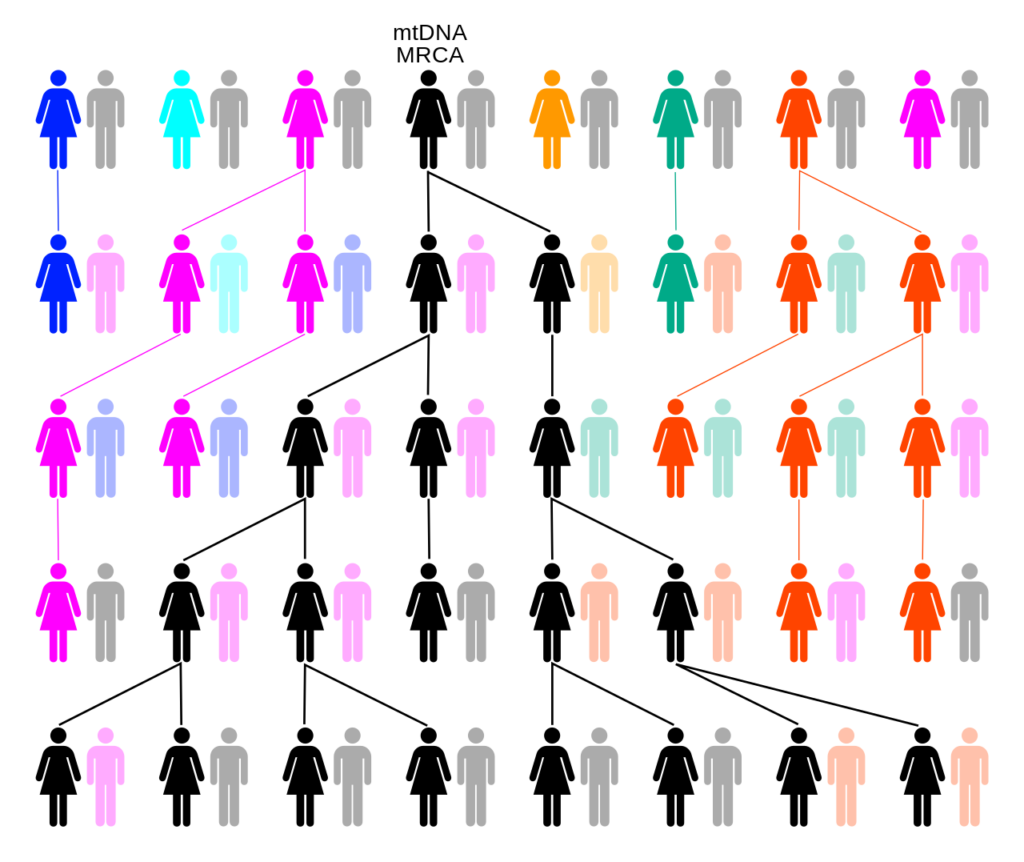The origin of the human race is a mystery that affects every single person on the planet. After all, it’s not just the history of you or the history of me, but the history of us all.
As advanced as genetics research has become, it still seems impossible to pinpoint the origin of humans down to a single point. Humans have been around for hundreds of thousands of years, so surely any DNA left behind from the very beginning is long gone, right?
Wrong.
Scientists from the University of Oxford’s Big Data Institute have been working on a mind-boggling huge project–mapping out the entire human family tree. While making this tree, they believe they may have discovered the starting point of human life as a whole.
Is Sudan the Origin of Humanity?

The earliest ancestors of humans have been traced back to modern Sudan.
One of the leading theories for how humanity spread across the globe is the ‘Out of Africa’ theory. This theory suggests that our ancestors first came about in Africa, and from there populated the rest of the world.
The Out of Africa theory is widely accepted by the scientific community, and discovering one universal area of origin in Sudan lends it even more credence.
What’s even more amazing is that scientists were able to be even more accurate with their location. According to the connections made in their research, the first humans came from 19.4N, 33.7E, a small grid of space in north-east Sudan.
This genetic evidence doesn’t come from an ancient Homo sapien, though. Instead, the DNA that links humanity back to modern Sudan is even older–it comes from Homo erectus.
Homo erectus was the first species in our genetic line to have body proportions similar to that of Homo sapiens, and they were also the first species to use tools like stone axes.
“The very earliest ancestors we identify trace back in time to a geographic location that is in modern Sudan.” Anthony Wilder Wohns, one of the researchers on the project explained. “These ancestors lived up to and over one million years ago–which is much older than current estimates for the age of Homo sapiens–250,000 to 300,000 years ago. So bits of our genome have been inherited from individuals who we wouldn’t recognize as modern humans,”
The enormous undertaking of creating this family tree was made possible only because of the vast array of DNA they had to work with. More than 3,600 people from 250 different populations provided their genetic data, and it was with this DNA that the scientists were able to build their tree and find the origin of humanity.
Not all of the samples were from the modern day, though. Eight of the samples were ancient, ranging in age from 1,000 to 10,000 years old. With these old and new sample pieces, scientists were able to find the connections between the past and present, as well as the links between people in these different populations.
Once these samples were secured, a specially created algorithm was able to predict the existence of common ancestors within the genetic samples. After it was finished, the network that was created featured an astonishing 27 million predecessors.
It also gave the researchers some insights into the movements of our ancestors through the years. With the information they gathered, they were able to see that the Out of Africa movement began about 72,000 years ago. It also provided evidence that both North and South America, as well as Australia and New Zealand, may have been occupied long before we previously thought.
Do All Humans Come From One Ancestor?
Now that we know that humanity originated from Sudan, who did it originate from? Are we really able to use DNA to look all the way back to the first human being to ever live?
Well, yes and no. We can trace specific genetic markers back to a single female ancestor, but it’s also likely that she wasn’t the very first of our ancestors.
Mitochondrial Eve is the most recent common mitochondrial ancestor which all people descend in a matrilineal line.
This means that Mitochondrial Eve isn’t the very first woman to ever exist, but instead is the most recent woman that all living people today can trace their ancestry back to. There were women before Mitochondrial Eve, but it was with her that the human genetic history bottlenecks down to one person. Now, everyone who is currently alive can trace their matrilineal line back to Mitochondrial Eve, but she wasn’t the first woman ever.
So, Mitochondrial Ever is the most recent ancestor that we all share, but because there were an unknowable number of women before her, it’s unlikely that we all originate from a single person.
The complexities of human migration are also a point against the idea of a single ancestor. Small groups or individuals would roam the lad, intermixing genetics with other groups as they went. This mixing of genetics wasn’t reserved just for other Homo sapiens, though. It was this spreading of genetics that allowed Denisovan and Neanderthal DNS to persist in us to this day.

